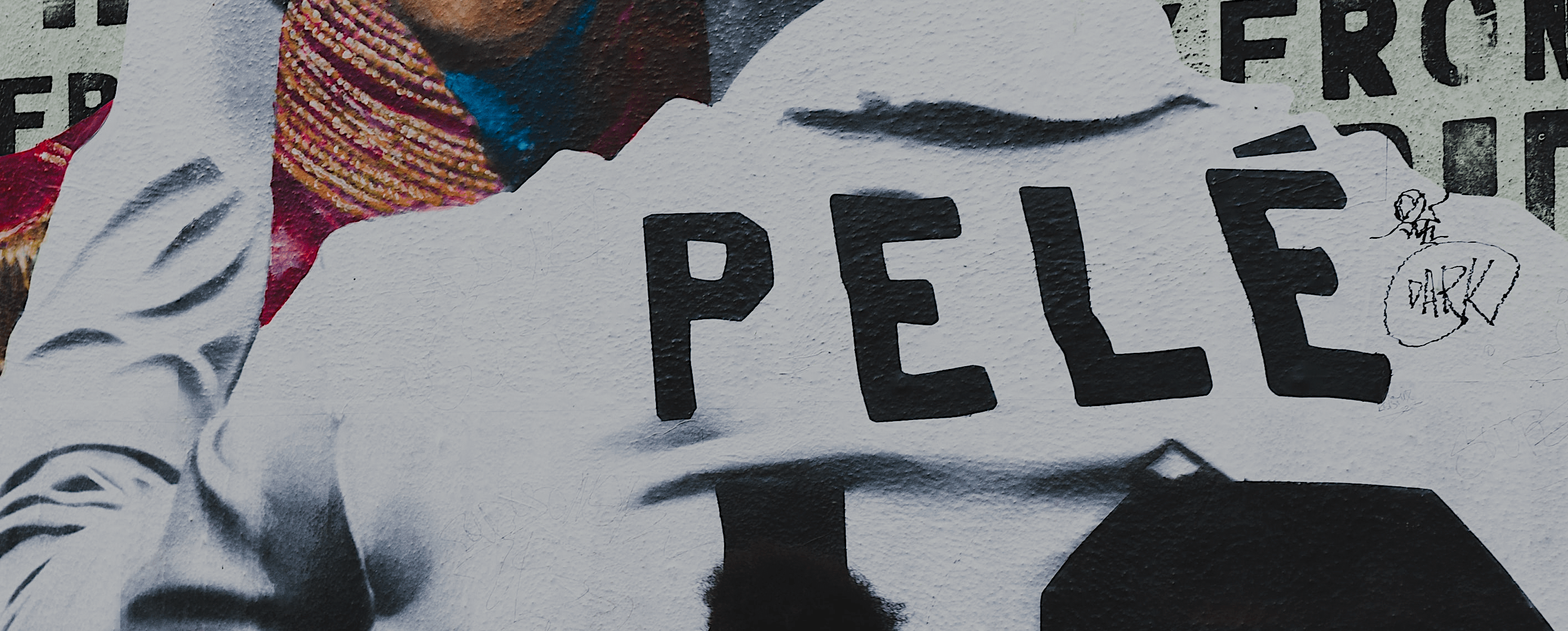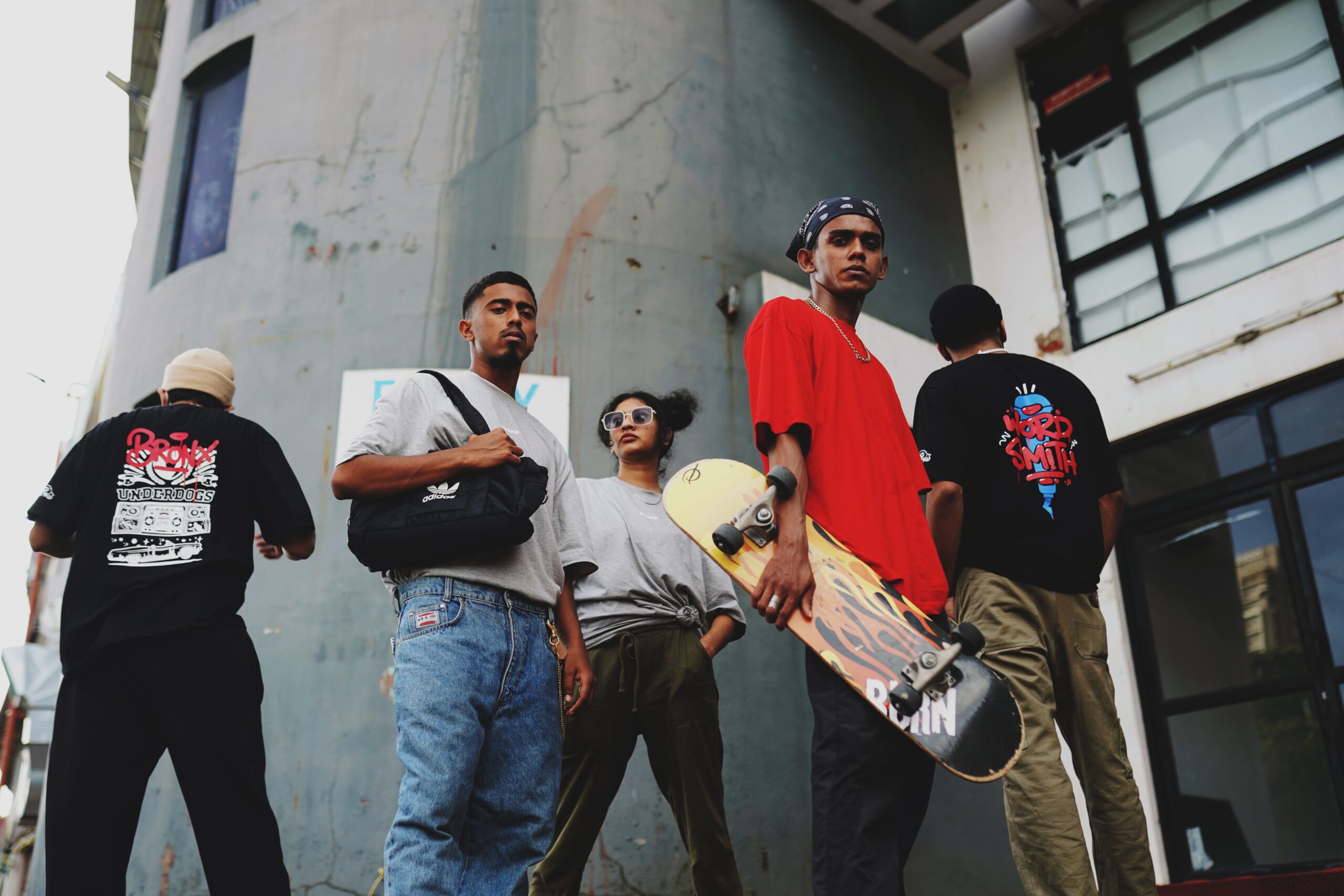
The sense of community in Brazil
28th Oct 2020
Brazil: Communicating in one of the world’s biggest social media markets
As one of the world’s biggest consumers of social media, Brazilians present global marketers with a great opportunity to establish their brands in the market, with access to a wealth of local insights. Discover how family and the sense of community are at the forefront of Brazilians’ aspirations and a conduit for international brands to communicate authentically in this complex and sometimes divided market.
There are many reasons why a company might be wary of trying to gain a foothold in the Brazilian market. The country’s size and terrain pose challenges for distribution and transport networks, and the pitfalls typically associated with doing business in emerging markets apply to Brazil. Corruption is a perennial issue, for example, with over 200 people already having been convicted as part of the ongoing investigation known as “Operation Car Wash” from 2014.
The election of Jair Bolsonaro of the far-right Alliance for Brazil party in 2018 is both a symptom and a cause of political division and unrest. After nine years of economic and social progress (2003- 2012) that lifted 29 million people out of poverty, a recession has been followed. Moreover, the country has notoriously high barriers to entry: complex bureaucracy, an opaque tax system and protectionist measures all combine to make it one of the world’s toughest environments for foreign investment.
In fact, research by the World Bank ranks Brazil 124th out of 190 countries for ease of doing business. Finally, there are significant national idiosyncrasies as well as vast regional disparities in income, culture and lifestyle to contend with.
And yet, companies that successfully chart a course through these troubled waters will be rewarded with access to a market with immense potential. Covering an area of 8,515,770 square km, Brazil is the fifth-largest country in the world. It occupies half of the landmass of South America, has nearly 7,500 km of coastline, borders every South American country aside from Chile and Ecuador and is 35 times larger than the UK. Brazil is home to some 209.2 million people, with a median age of just 31 and a rural/urban divide of 14.1% to 85.9%.
Marketing is simplified by the fact that the country is relatively homogenous from a linguistic perspective, since Brazilian Portuguese is spoken by 97.9% of the population as their main language, although it is worth bearing in mind that this variant differs considerably from its European counterpart (the two are not always mutually intelligible). In 2001, the country was named along with Russia, India and China as future leading suppliers of manufactured goods, services and raw materials (the “BRIC” economic bloc that later expanded to include South Africa).
Key economic sectors for Brazil include mining, agriculture and manufacturing, and it is rich in natural resources such as minerals, coffee, sugar and soy. The government also appears to be attempting to encourage foreign investment through changes to legislation on tax and corporate governance.
All of these factors explain why so many major international corporations have broken down barriers to gain a foothold in Brazil. The fact that 400 of the world’s 500 largest companies operate in the country, including Rolls Royce, BP and Shell from the UK, shows that it is an achievable and astute strategic aim. If you would like your company to be next, it is important to carry out careful research to ensure that you understand the country’s cultural and business landscape before taking the plunge. In this White Paper, we’ll take a closer look into the ways that both aspirational identities of consumers within their communities, along with a sense of Brazilian pride, shape marketing strategies for international brands.
Read the Whitepaper
Read WhitepaperAlways be in the know.
Sign up to our weekly insights and maximise your competitive advantage



